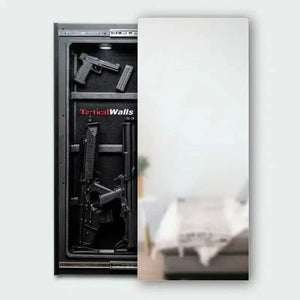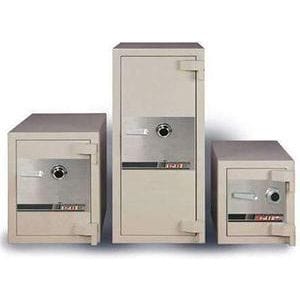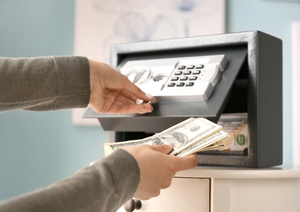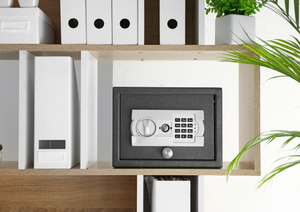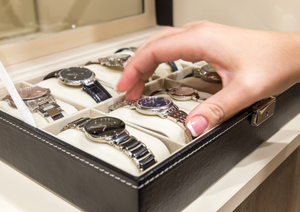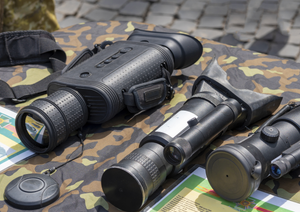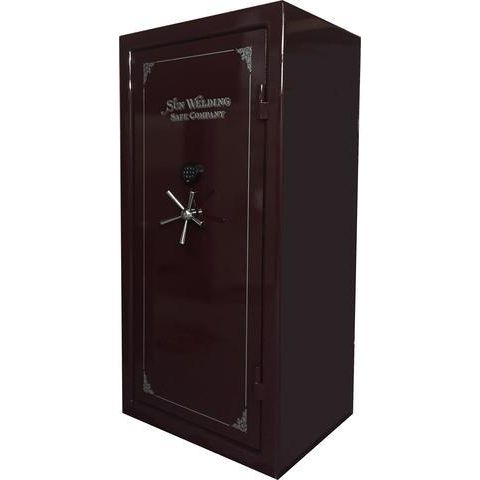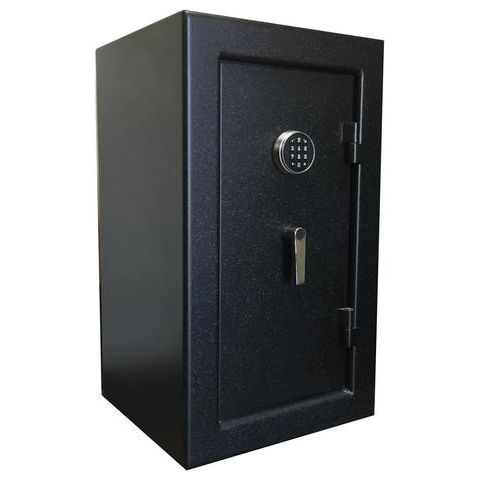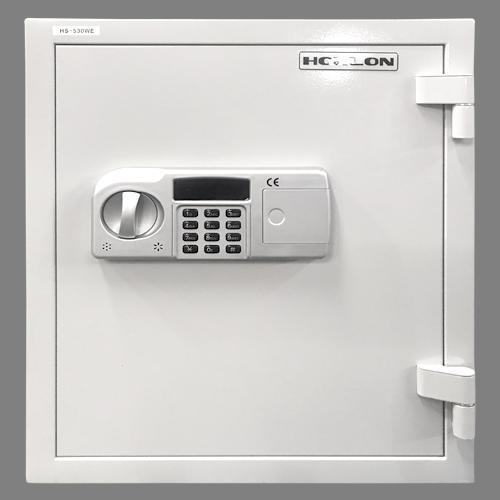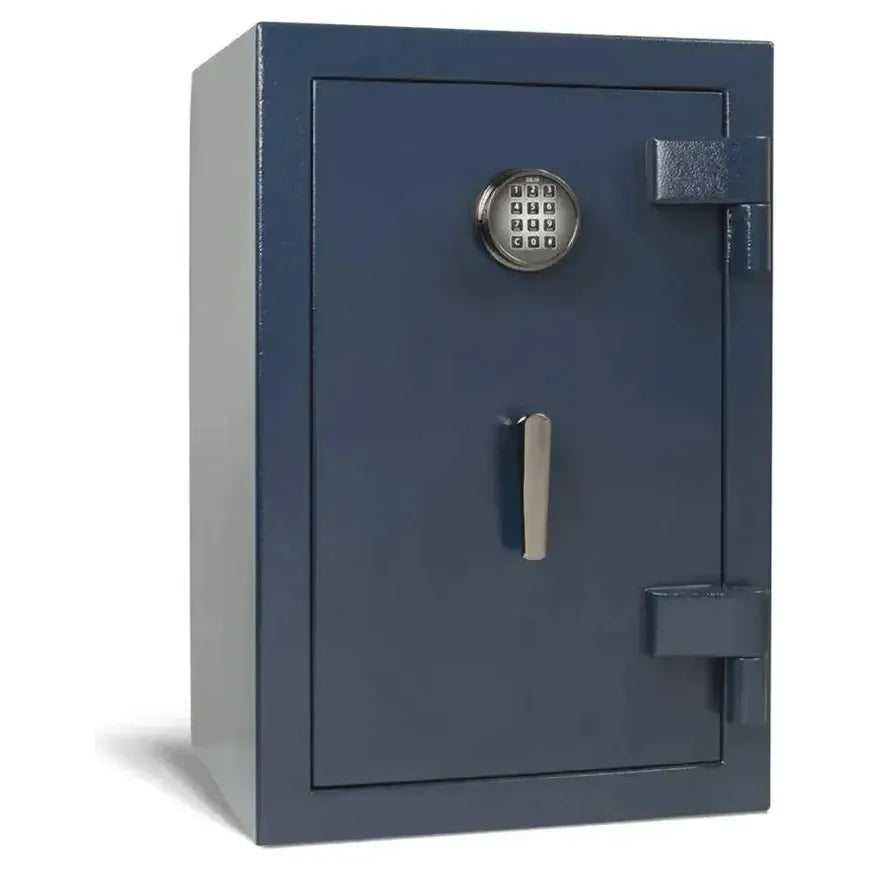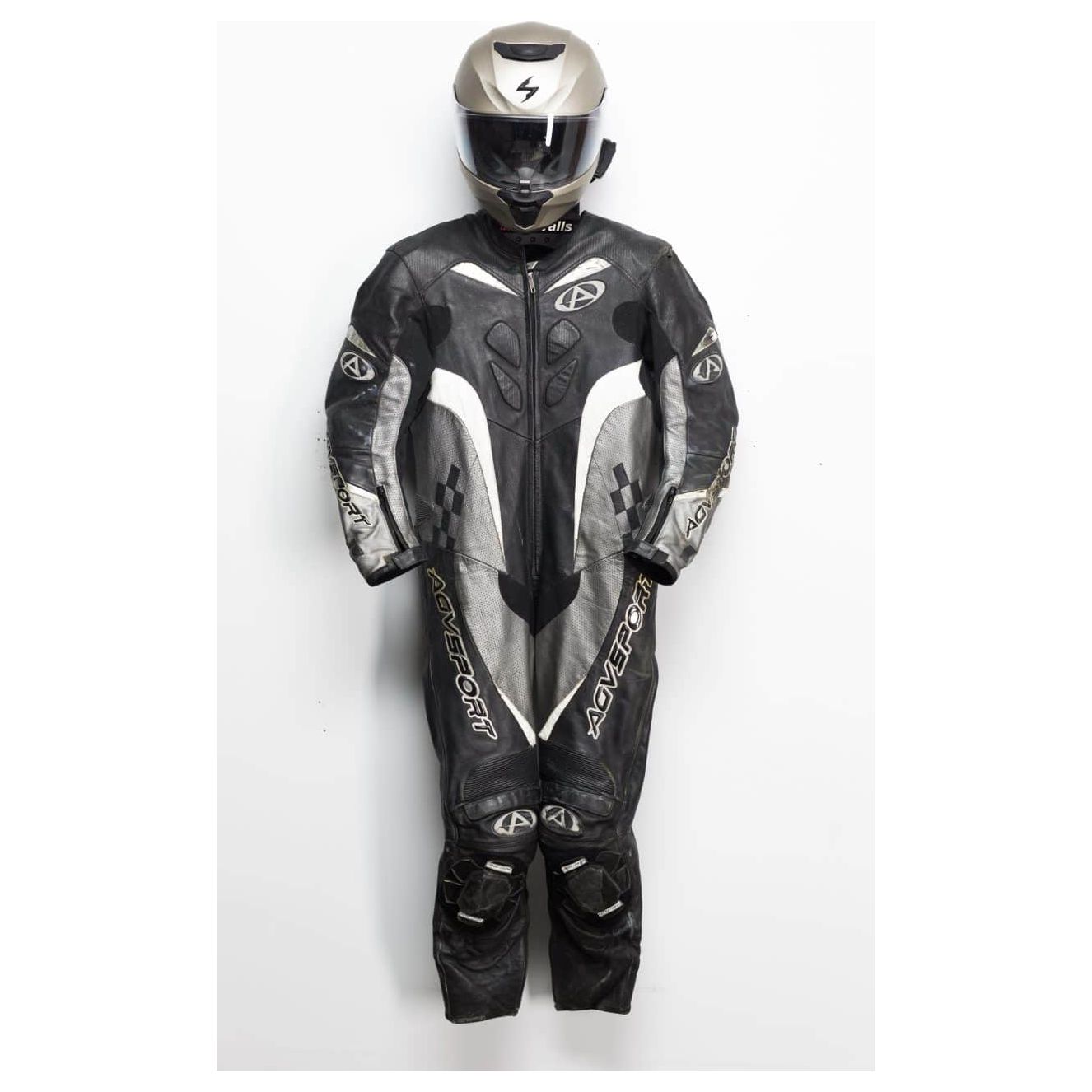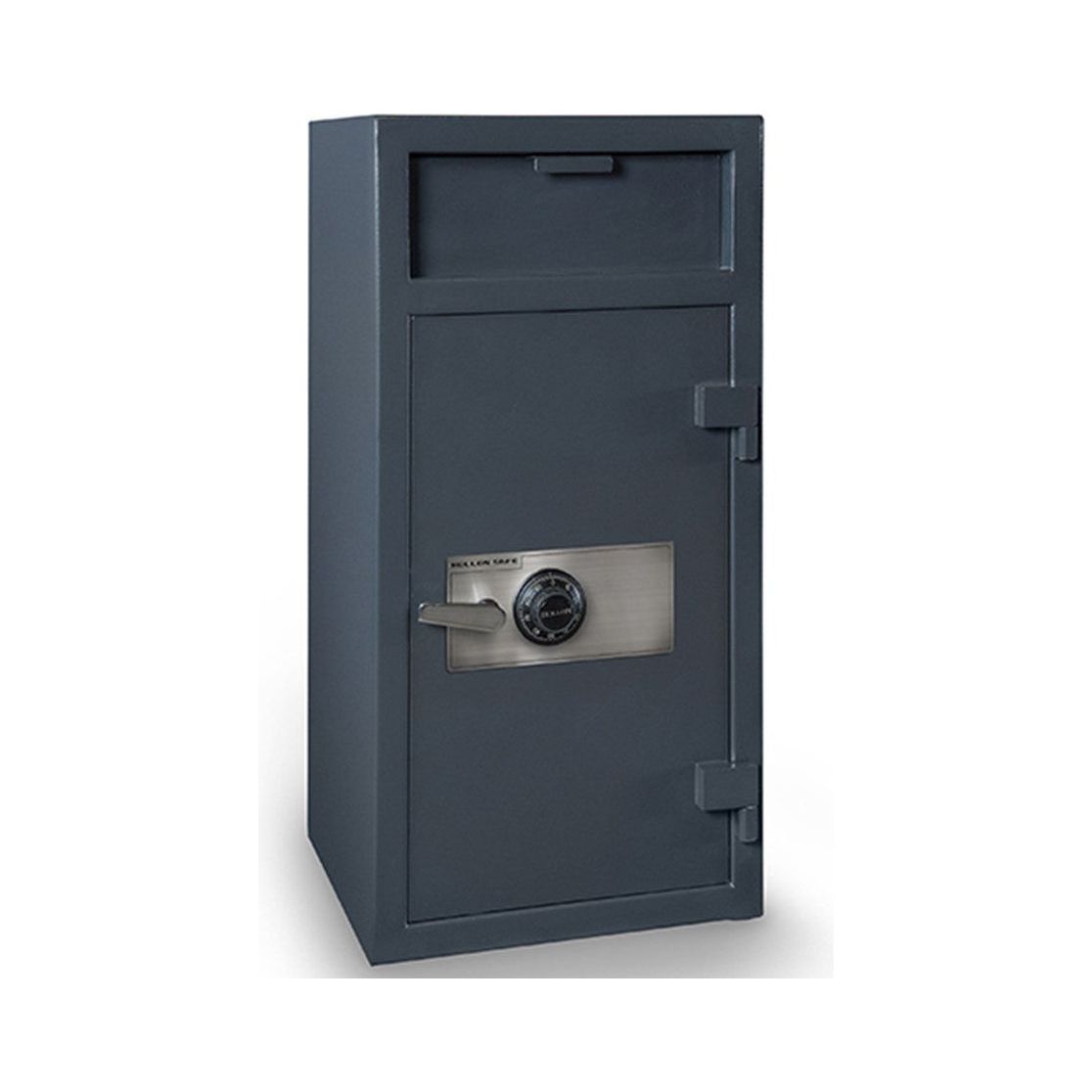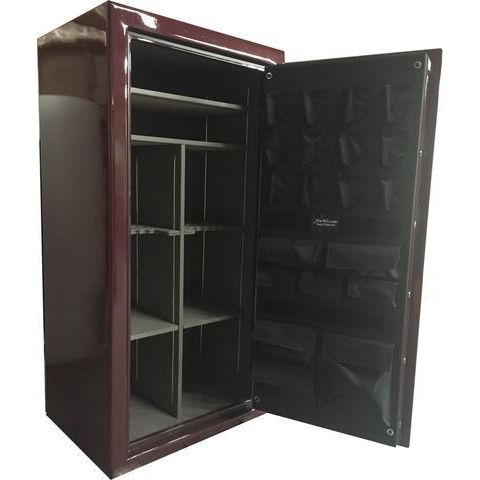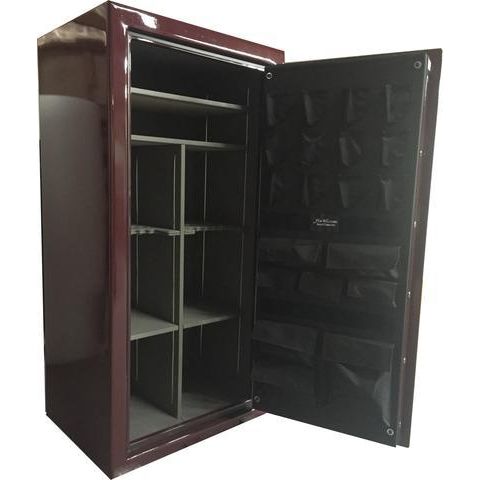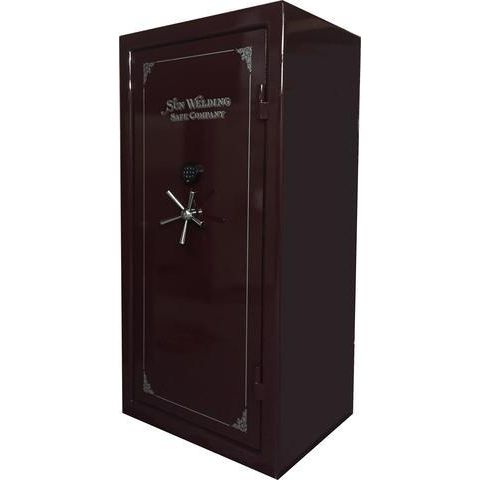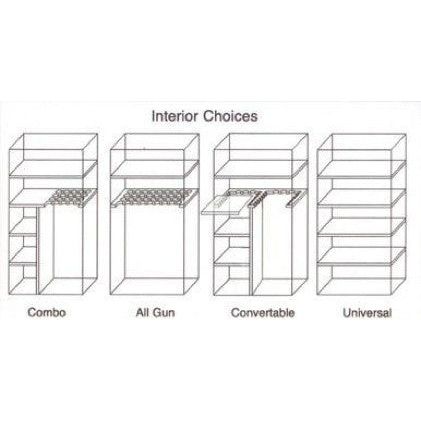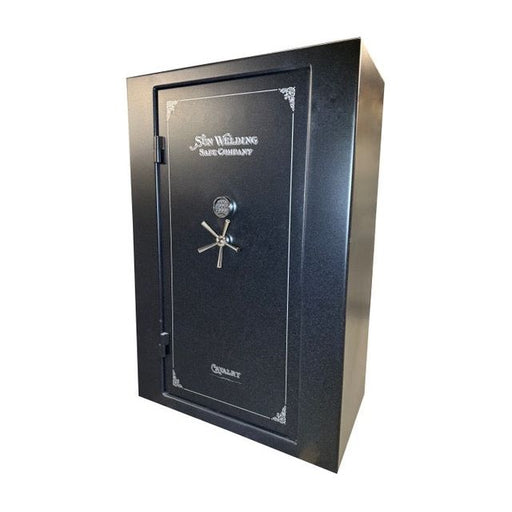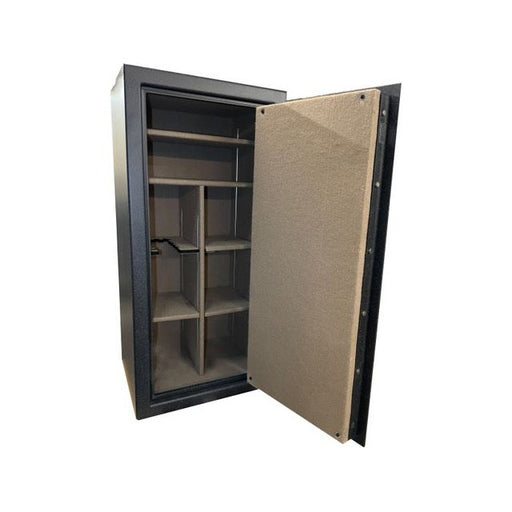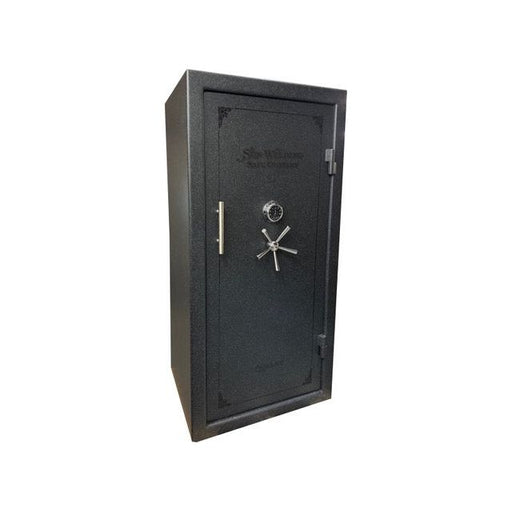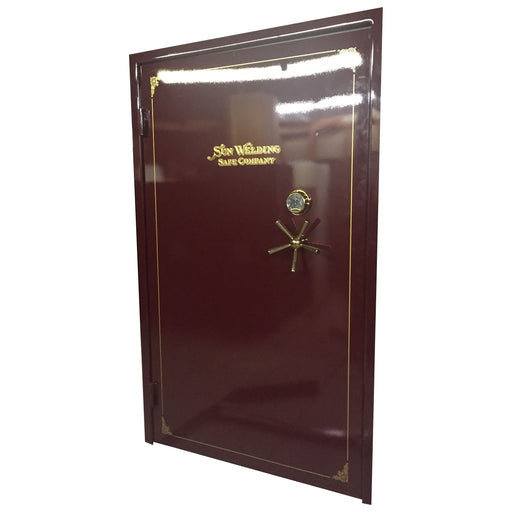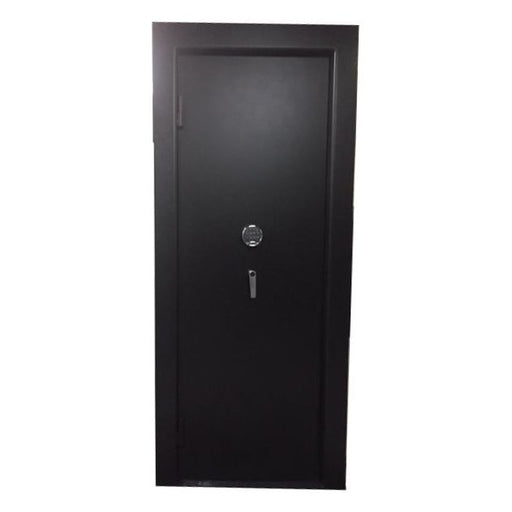In today's world, security is paramount. With an increasing need to protect our valuables, the demand for gun safes has surged. But how do you know a safe is genuinely secure? Enter safe ratings. Understanding these ratings can be the key to ensuring you're making a wise investment in your security. In this article, we'll unravel the intricacies of safe ratings and what they signify for your peace of mind.
What Are Safe Ratings?
Safe ratings are a standardized way to evaluate the performance and security features of safes, particularly in the context of protecting items against theft and fire damage. These ratings help consumers gauge the level of protection a safe offers, making it easier to make informed decisions when purchasing a gun safe.
Types of Safe Ratings
Safe ratings are usually issued by independent testing agencies and vary based on what you need protection from. Here are the most common types of safe ratings:
Burglary Ratings
Burglary ratings are crucial when it comes to gun safes. These ratings indicate how well a safe can withstand forced entry attempts. The rating systems often include the following classifications:
-
RSC (Residential Security Container): This is the entry-level rating for safes designed to resist casual burglary attempts. An RSC-rated safe is suitable for storing non-critical valuables.
-
TL-15 and TL-30: These ratings indicate that a safe is resistant to tampering and can withstand 15 to 30 minutes of intense effort by an experienced burglar. A TL safe is excellent for storing firearms and valuables that require a higher level of protection.
-
TXTL (Tool Resistant): This rating demonstrates that the safe can withstand tampering via commonly available tools for a more extended period.
Fire Ratings
Fire ratings are essential when considering how a safe protects contents in the event of a fire. The effectiveness is typically measured in hours and temperature. Here are the key points to remember:
-
Class 350: This rating indicates that the safe will keep internal temperatures below 350°F for a specified period, generally one hour. This kind of protection is vital for preserving sensitive documents and electronic items.
-
Class 125: This rating typically keeps the internal temperature below 125°F, which is necessary for items that are more heat-sensitive, such as certain electronics or important documents.
What Do the Ratings Mean For You?
Understanding safe ratings doesn't just help you choose the right gun safe; it also provides insights into what you are genuinely investing in. A safe with a high burglary rating may be worth the extra cost if you're in a high-crime area. Fire ratings become essential if you live in a region prone to wildfires or if you need to store critical documents safely.
Decoding the Certification Labels
Different organizations provide certifications based on rigorous testing. Look for labels from reputable agencies, including:
-
UL (Underwriters Laboratories): One of the most recognized testing organizations, UL conducts extensive tests on safes to ensure they meet safety and security standards.
-
ETL (Intertek): This organization tests safes for both fire and burglary ratings, providing a reliable certification.
-
ANSI (American National Standards Institute): ANSI develops the standards for various products, including safes, helping consumers understand the reliability of different brands.
Factors to Consider When Choosing a Safe Rating
When choosing a gun safe, not all ratings will be equally relevant to your needs. Here are vital factors to consider:
Valuables to Protect
Your choice of safe should reflect the nature and value of the items you'll store. If you are securing firearms, a high burglary rating will often take precedence. Conversely, if you're mainly protecting important documents, a safe with a robust fire rating will be essential.
Location and Environment
Where you live can significantly impact your choice of safe. For instance, individuals living in areas with high theft rates should prioritize burglary ratings. Alternatively, regions prone to wildfires can benefit from fire-rated safes.
Budget vs. Value
While it's tempting to go for the less expensive option, remember that a safe is an investment in your security. Carefully weigh the ratings against the cost to ensure you're getting the best possible value.
Maintaining Your Safe
Once you've chosen the right safe, maintenance is paramount to ensure it performs as rated. Here are a few tips:
-
Regular Checks: Schedule periodic inspections of your safe to ensure locks function smoothly and there are no signs of rust or damage.
-
Avoid Overloading: Always adhere to the manufacturer’s guidelines regarding weight limits inside the safe.
-
Keep It Dry: Make sure that moisture doesn’t build up inside your safe. Consider using silica gel packs to absorb humidity.
Tips for Buying Safes
Here are some tips that can assist you in making an informed choice when purchasing a safe:
-
Do Your Research: Investigate various brands and models, read reviews, and compare ratings to find a safe that meets your needs.
-
Visit a Showroom: If possible, examine safes in person to assess their sturdiness and usability.
-
Ask Questions: Don’t hesitate to inquire with sales reps about the testing methods and ratings of specific models you are considering.
Frequently Asked Questions
How Are Safe Ratings Determined?
Safe ratings are determined by testing agencies that evaluate various aspects of a safe, including its resistance to burglary and fire. These agencies conduct thorough examinations, spending time on break-in simulations and heat exposure tests.
Why Is a UL Rating Important?
A UL rating signifies that the safe has undergone stringent testing and meets specific standards for security and fire resistance. It serves as reassurance that you are purchasing a product that has been independently verified.
Can I Have a Safe Installed?
Yes, many companies offer professional safe installation services. A secure installation can enhance the safe's overall protection and deterrence against theft.
Unlocking the Safe Decision
Choosing a safe, particularly when it comes to gun safes, is not a trivial matter. Understanding safe ratings is crucial to making an informed decision that meets your security needs. By considering factors like burglary and fire ratings, the certification labels, and the specific needs of your valuables, you’ll be well-equipped to select the perfect safe for your situation. Remember, a well-chosen safe isn’t just a container; it’s peace of mind. So don't settle for less when it comes to security—invest wisely.


